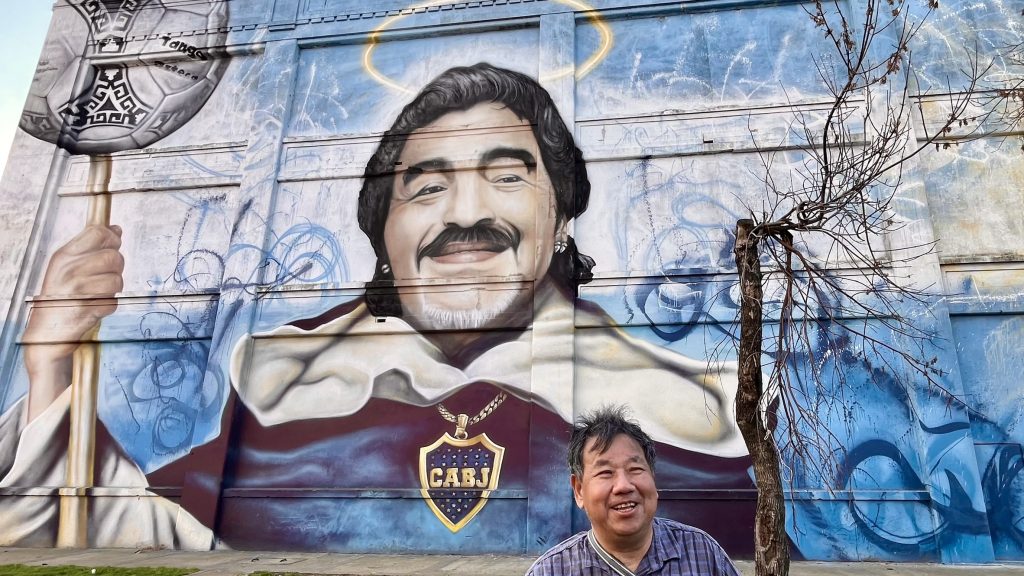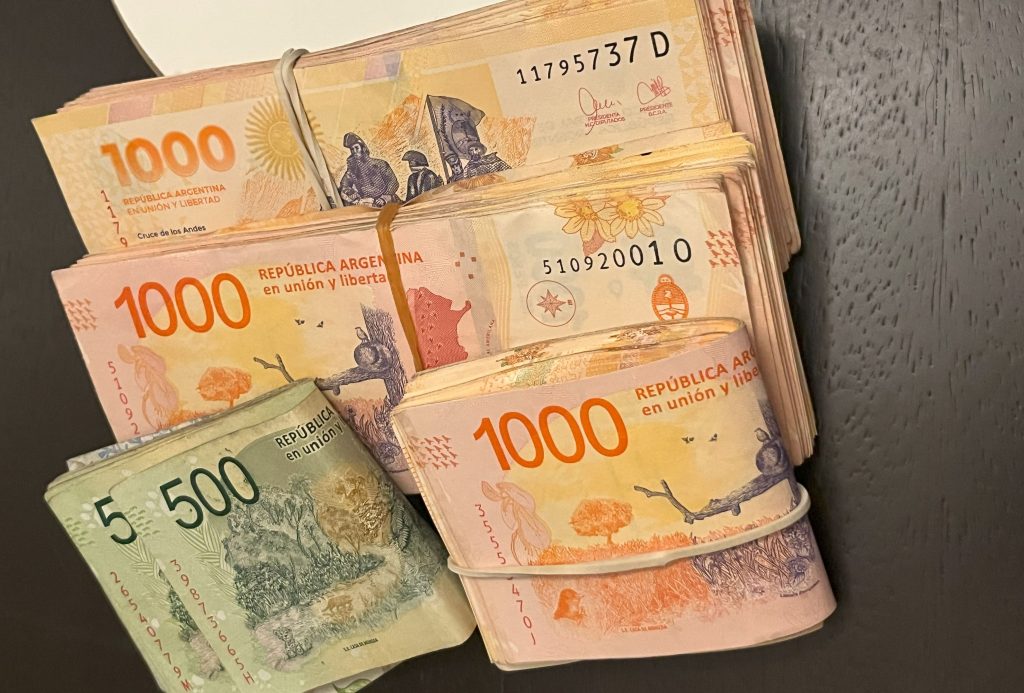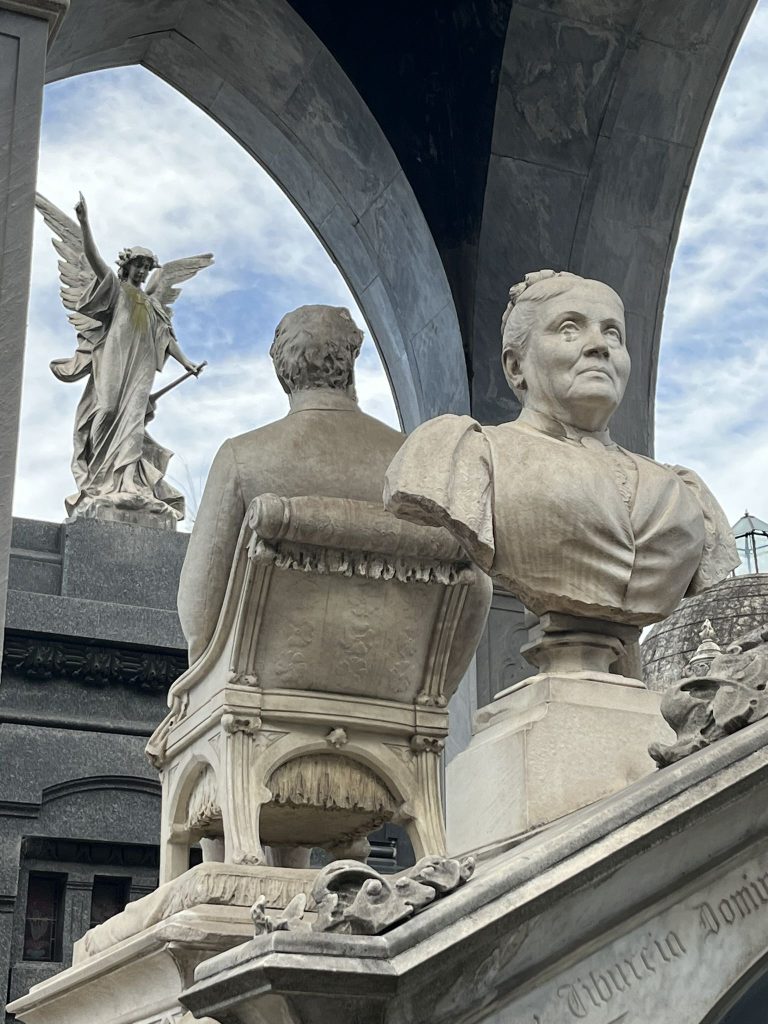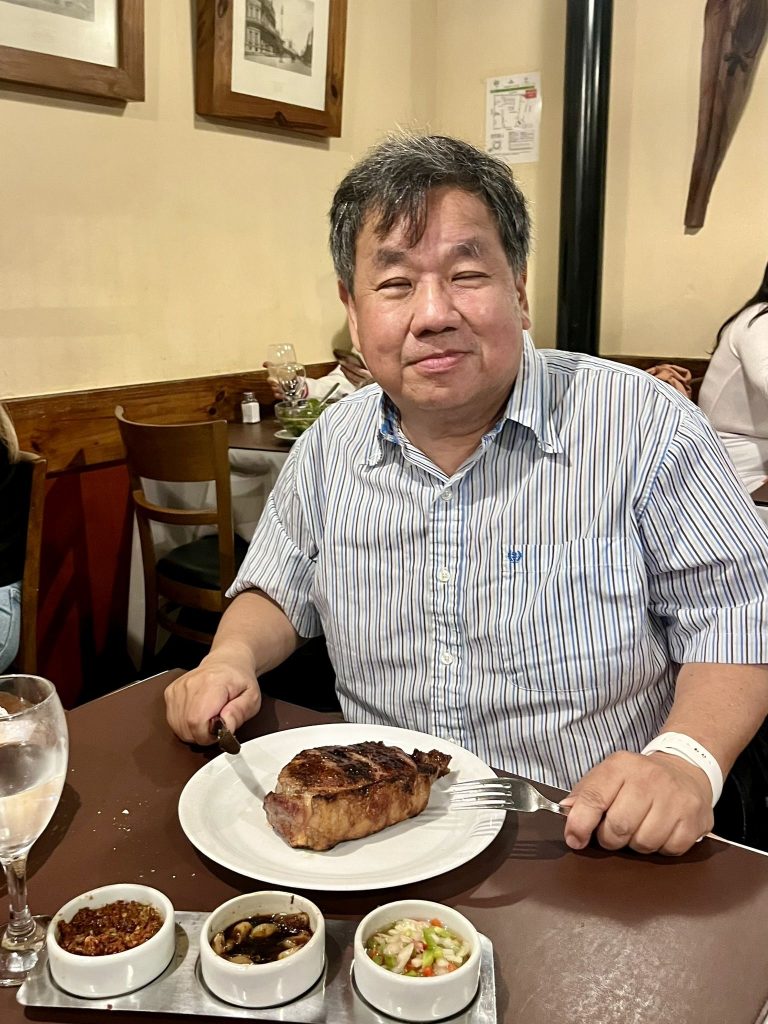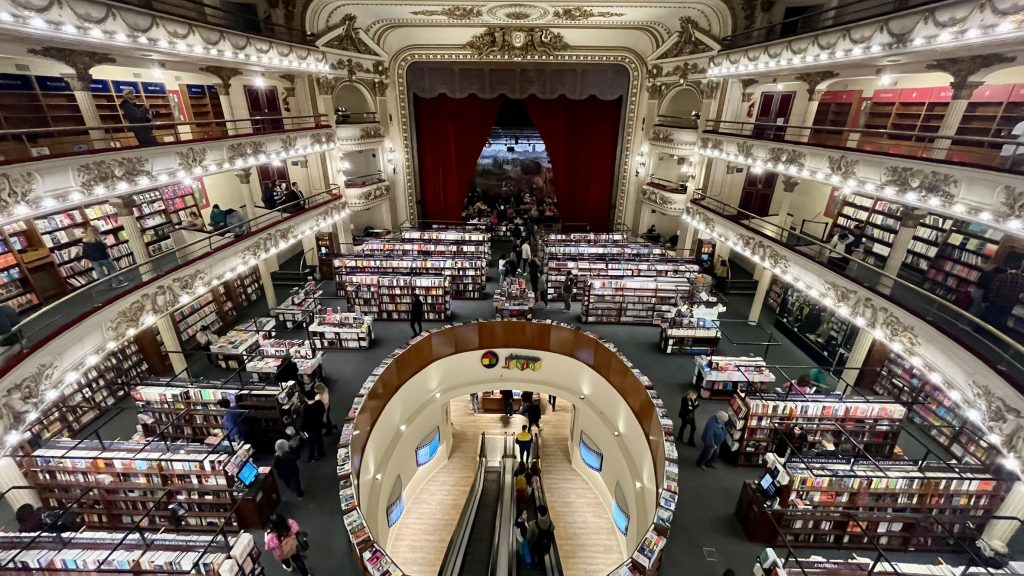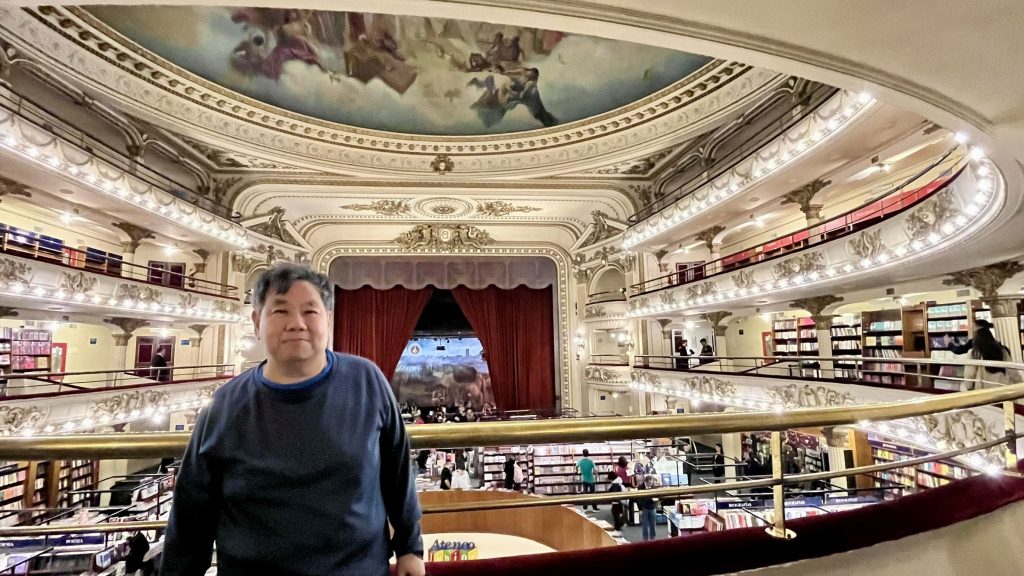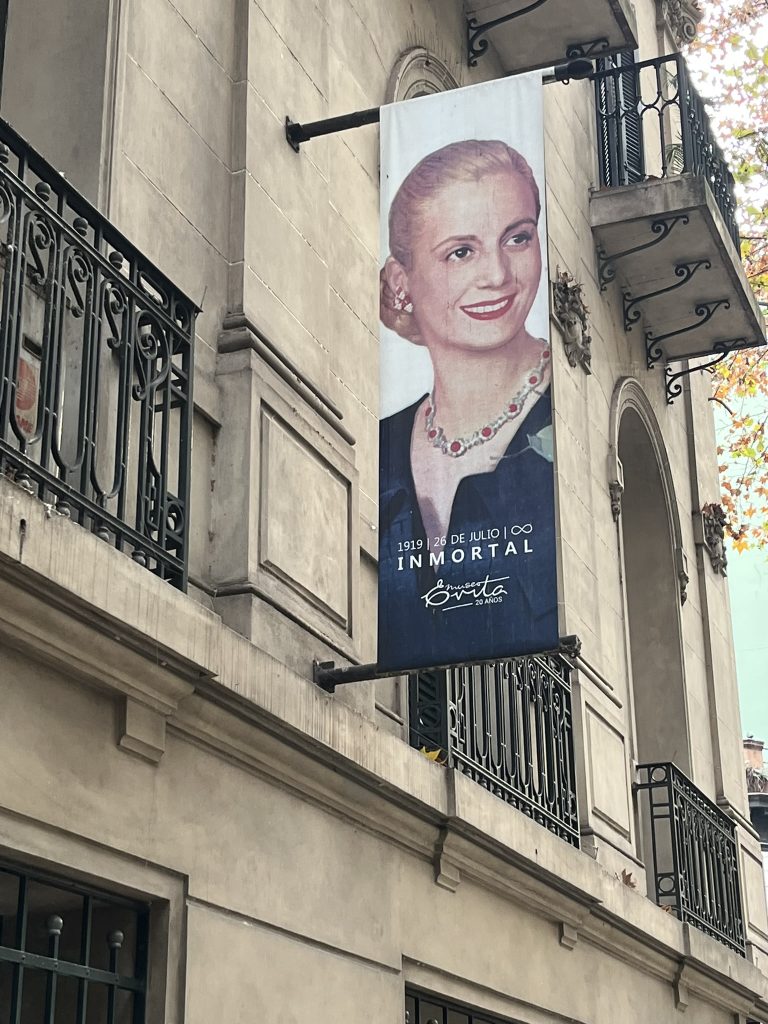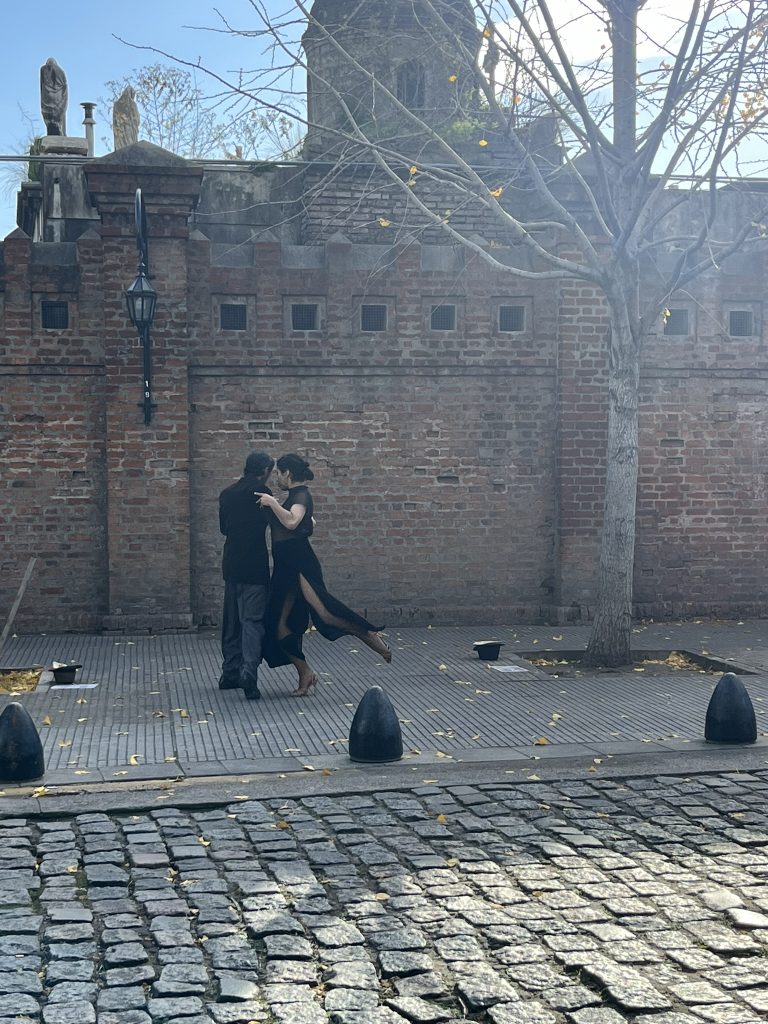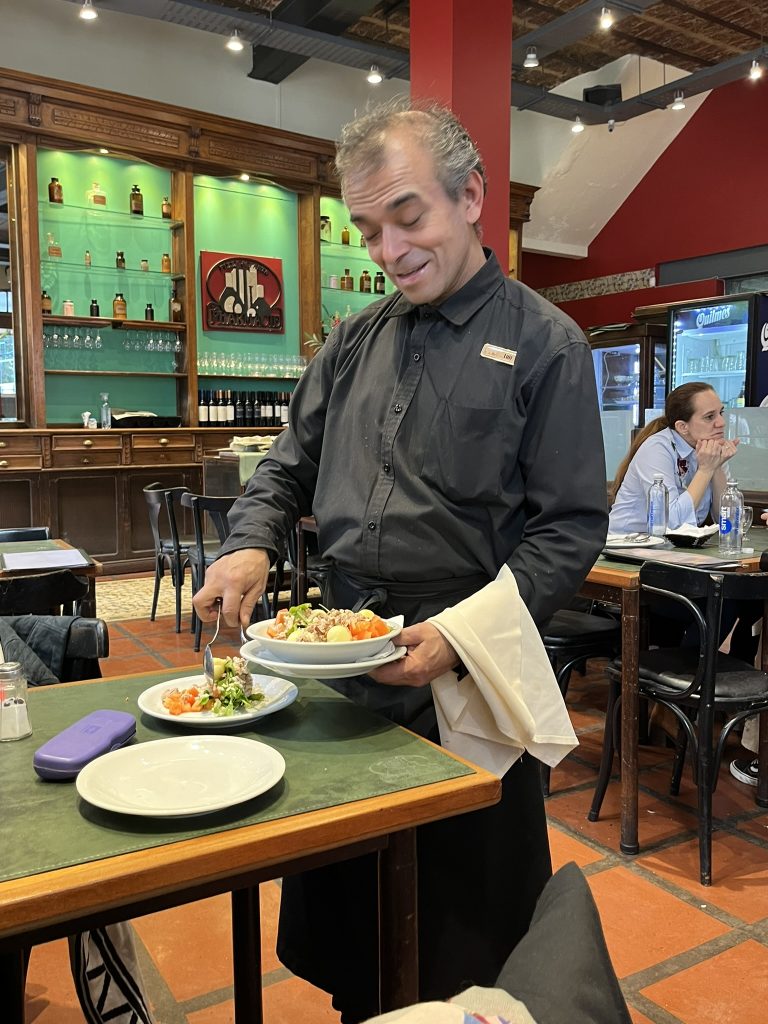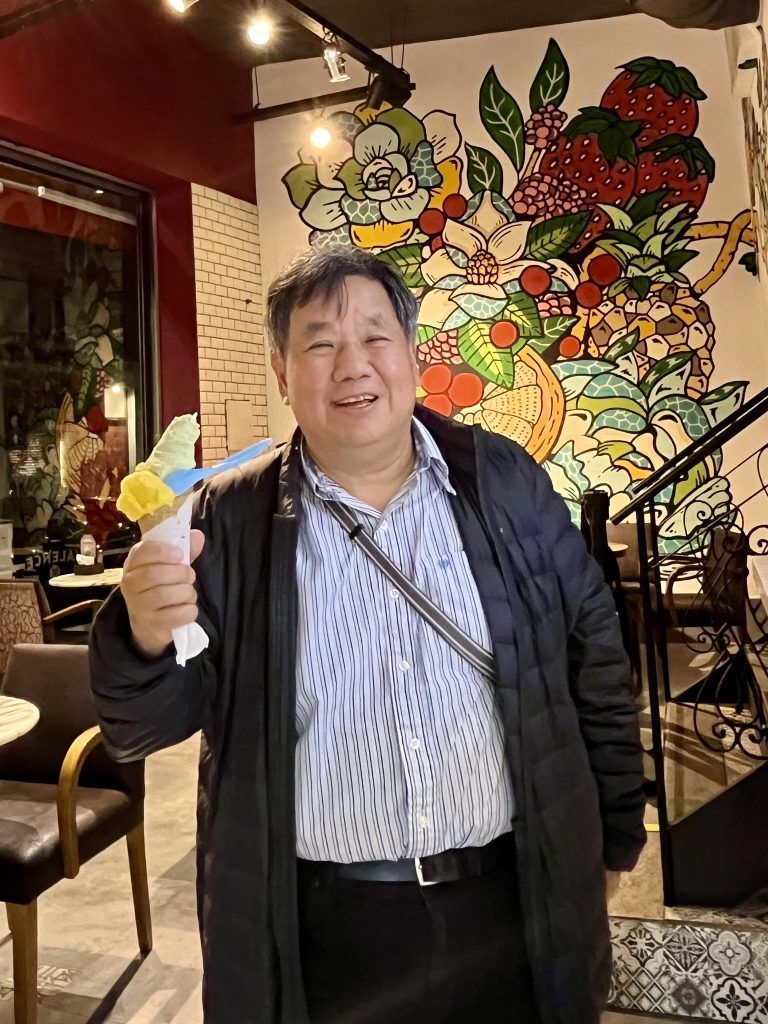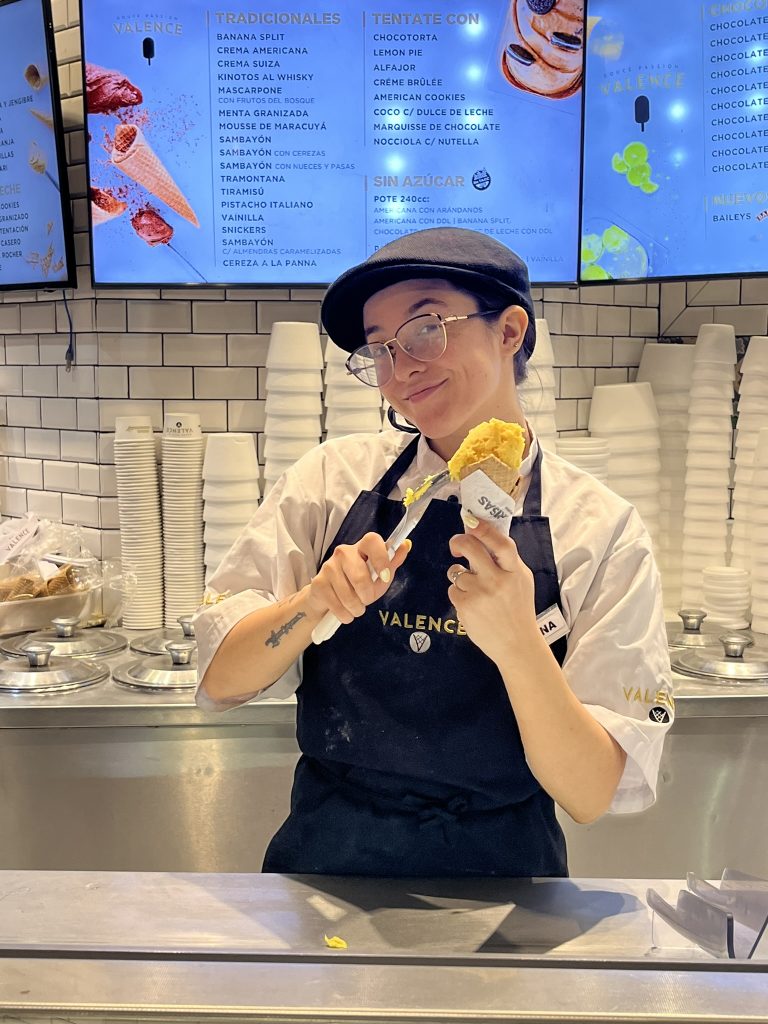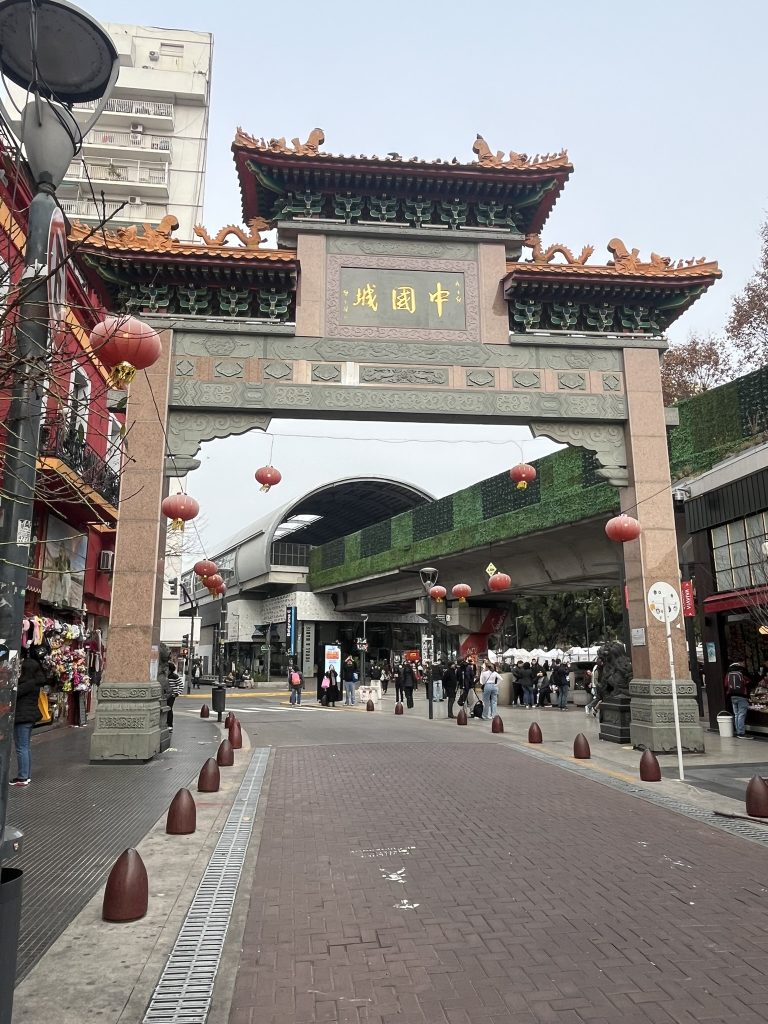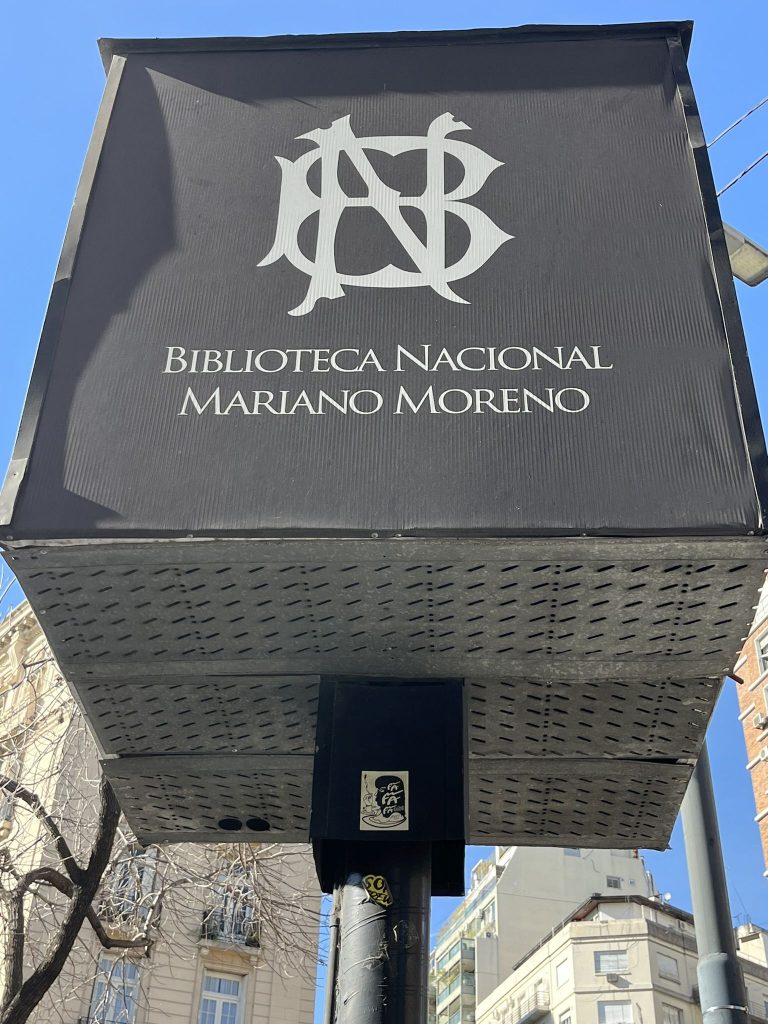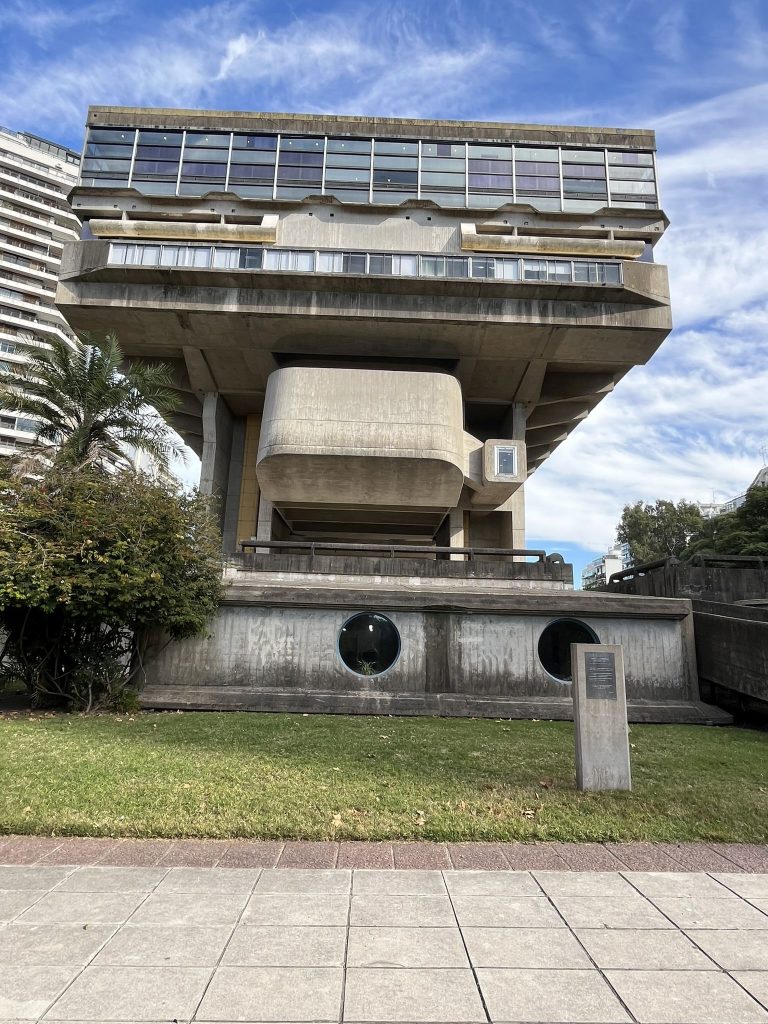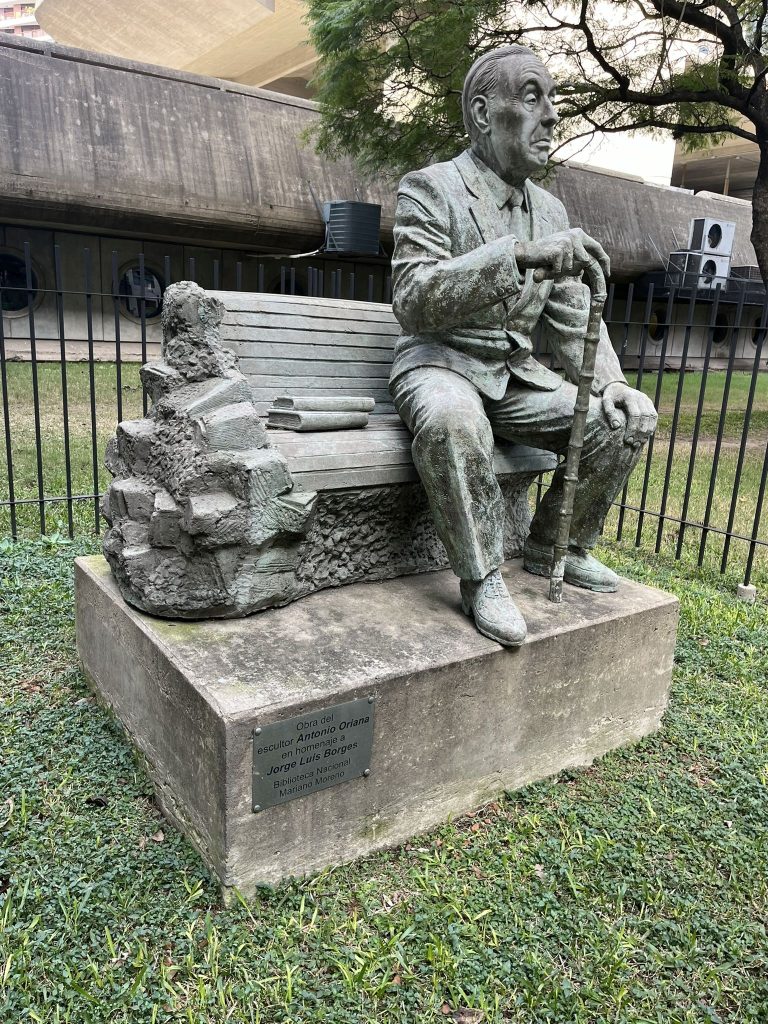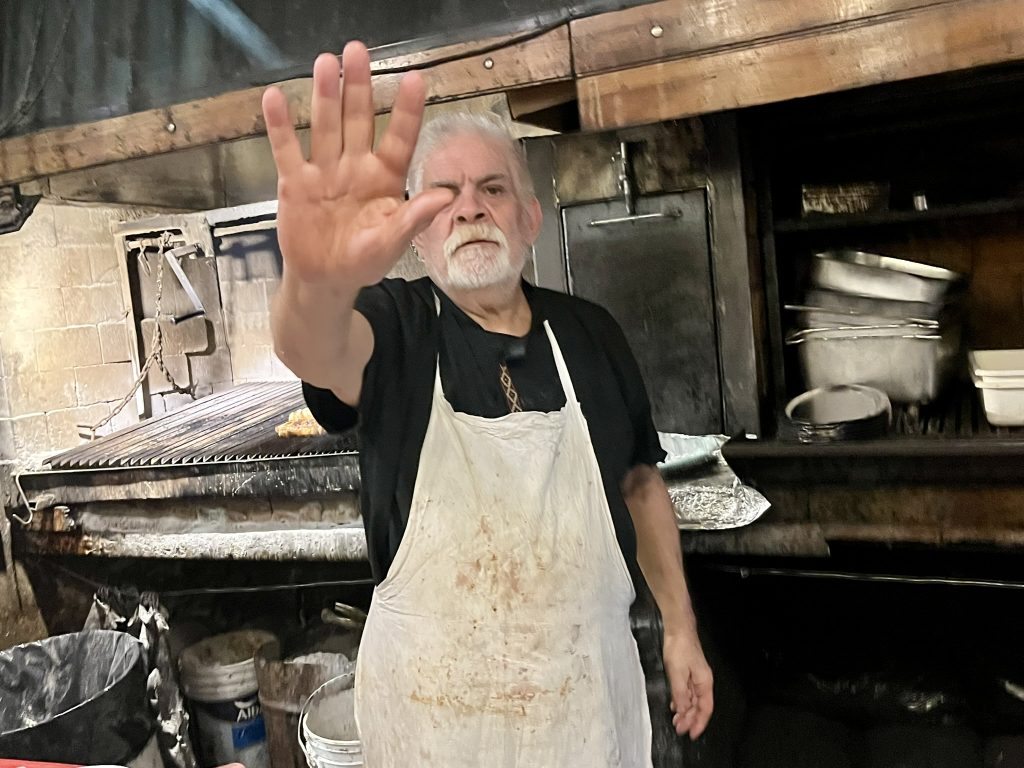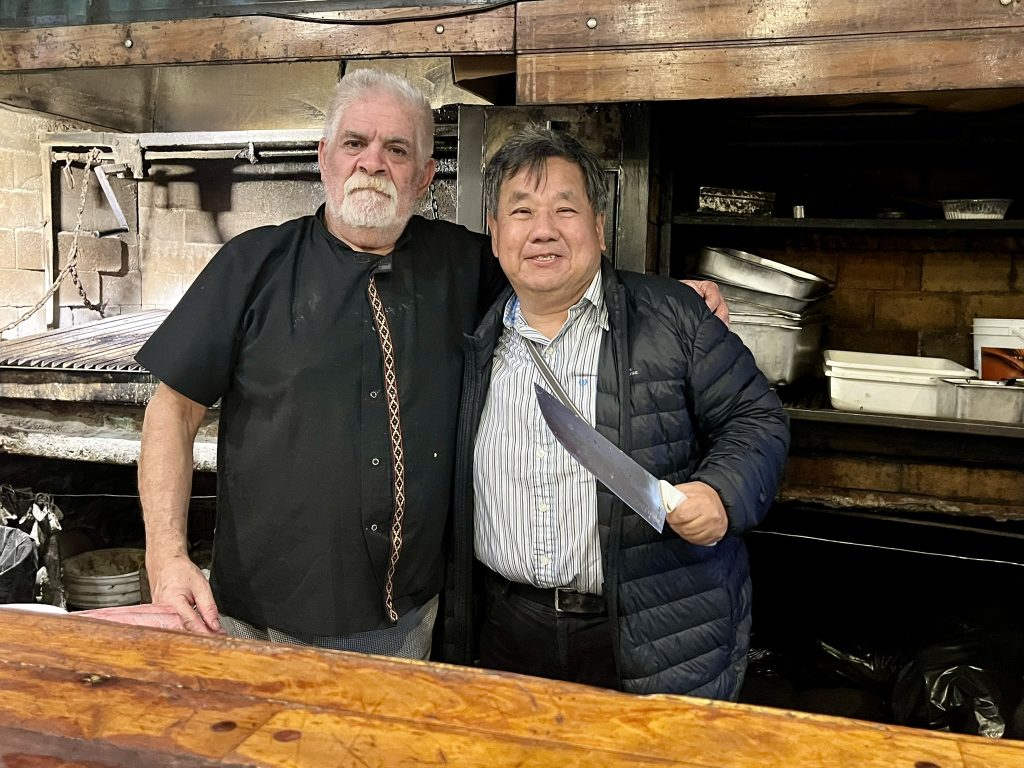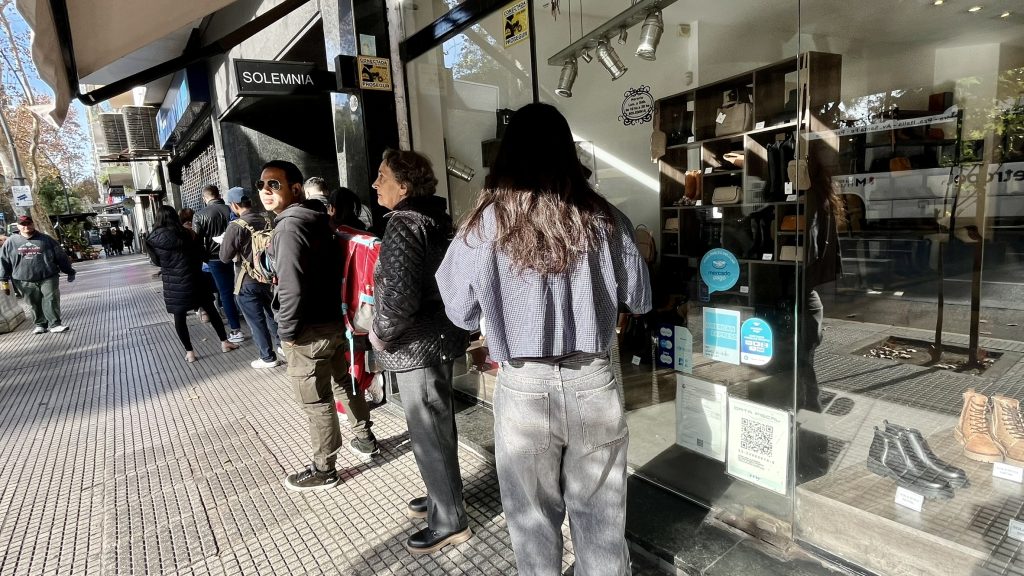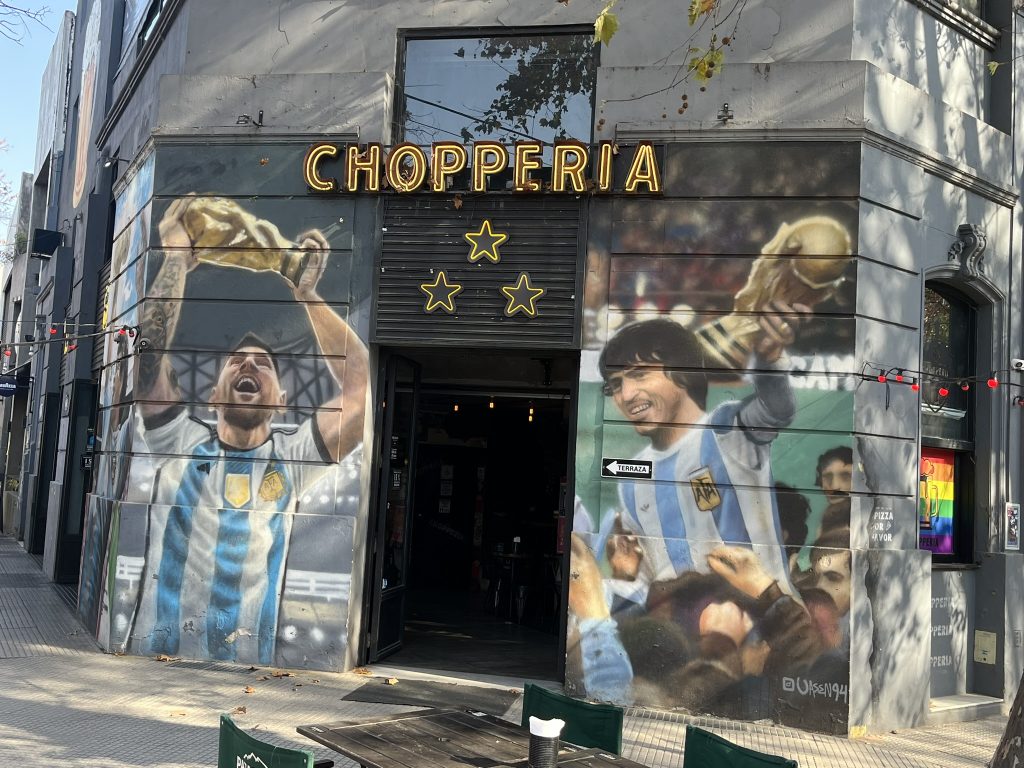Buenos Aires
In June, 2024, I spent five full days in Buenos Aires and enjoyed my time there. It’s a vibrant city, but the pace is not hectic. The people I encountered and interacted with were friendly and helpful. Public transportation was easy to navigate and inexpensive. The food is fantastic, especially if you are a carnivore. People often ask if I felt safe traveling in South America. In Buenos Aires, maybe because people stayed out late into the evening, I would not hesitate to take a long walk back to my hotel at night.
These photos were taken during a walking tour in the central district of Buenos Aires. We started at the National Congress, made our way past the Obelisk, and ended at the Plaza de Mayo, where Casa Rosada (the presidential palace) is located.
Aside from watching the movie Evita and following the storied career of Diego Maradona, my knowledge of Argentina is rather limited. By looking at these magnificent buildings superficially, one could be excused for not appreciating the decades of political and economic crises the country has endured and continues to endure.
About a century ago, Argentina was one of the richest countries in the world. Since then, it has gone through numerous governments, from left-wing to right-wing, from dictators to military juntas, from neo-liberal economists to libertarians, and none of them has been able to lift the country out of hyperinflation. For the year 2024, the projected inflation rate has been as high as 300%.
It’s always a bad sign when a country has more than one currency or exchange rate. When I was there in mid-June, the official rate was US$1 to 890 pesos, whereas the blue rate was US$1 to 1,260 pesos, a 30% premium. On one occasion, I saw a sign at a store that promised the better blue exchange rate if I used a credit card. I decided to give it a try. Alas, when I checked my statement at home a couple of weeks later, not only was I charged the official exchange rate, but I also had to pay the additional 2.5% foreign transaction fee. This means cash is king, and queues at cambios (money-changing shops) are normal.
Similar to many cities that I have visited, I met plenty of hard-working ordinary folk, from the hotel staff to the Uber drivers, from the restaurant waiters to the walking-tour guides. My wish for them is for their country to find a way to break the chain of economic crisis.
La Boca Neighbourhood
I took a walking tour in the La Boca neighborhood, home of the famed Boca Juniors football team. This is where the great Diego Maradona is from and where he honed his skills. Many of the people who settled in this community were migrants from Genoa, Italy. Three words that I would use to describe La Boca are: working-class, colourful (literally), and edgy (up-and-coming but probably a no-go zone for tourists at night).
Two incidents during this walking tour stood out to me. At the restaurant where the group took a refreshment break, a lovely couple spotted me gawking at what they were grilling. He generously cut a small piece of chorizo, put it on a piece of bread, drizzled it with some sauce, and offered it to me. It was delicious.
At the end of the tour, I asked the guide, a young man who lives just a few blocks away, if I could hop on one of the taxis next to a tourist trap. He emphatically said no because I could get ripped off. He suggested that I walk a couple of streets away from the tourist area and hail an Uber. When I expressed some hesitancy about standing on a street corner in an unfamiliar neighborhood, he accompanied me several streets away and waited with me until the Uber arrived.
Wherever I travel, the kindness of strangers is something I often experienced.
La Recoleta Cemetery
This cemetery was built in 1833. It houses majestic mausoleums belonging to some of the most important figures in Argentine history. The most famous one is Eva Perón, who became well known because of the musical: Evita. I was glad I didn’t join an official tour because I don’t know the other people who were buried in the cemetery, and my limited knowledge of Argentine history made it less appealing to hear detailed historical accounts from a guide. One particular mausoleum did pique my curiosity. The statues of a couple were seated facing opposite each other. After some digging afterward, I discovered Salvador María del Carril was the Vice President of Argentina from 1854 to 1860. According to local lore, he and his wife, Tiburcia Domínguez, were not on speaking terms in the later years of their marriage. As a result, Tiburcia instructed that their statues be placed back-against-back in their mausoleum.
Dining in Buenos Aires
One of the joys of travelling is sampling the cuisine of different countries. Argentina is well known for the quality of its beef. While I was there, I consumed considerably more red meat than I normally do. I read that the reason why beef tastes so much better is because of the way the cows are fed. My palate is not refined enough to discern if my steak is earthy or robust; nutty or woody. I could attest that BBQ’d steak on an open fire is exquisitely tasty. And in this part of the world, it’s cheap compared to North America.
I went to two parrillas while I was in Buenos Aires. In Argentina, the word parrilla has two different meanings: it can be a typical steakhouse or a metal grill used for cooking meat. Both parrillas have open fires with charcoals and serve a selection of steaks, pork, chicken, chorizos, and morcillas (blood sausages). For my last dinner, I went to Calden del Soho in Palermo, as recommended by one of the walking-tour guides. The restaurant was about a 15-minute leisurely stroll from my hotel and it turned out to be a gem. The half-order of scrumptious beefsteak was at least 14 oz. I tried the grilled cheese (not the grilled cheese sandwich but literally grilling a thick slab of cheese on the grill). It was delish. With a glass of lemonada, an espresso, and a generous tip, the bill totalled less than Can $35.
For the five mornings I was in Buenos Aires, I visited a different café for breakfast each day. All of them were independent operations. Breakfast usually consisted of a cup of strong coffee and some pastries. There was typically a relaxed atmosphere, and patrons did linger. Sitting at a tiny table on the sidewalk and watching the world go by, I felt as though I could be somewhere in Paris.
According to Wikipedia, it was estimated that at least 25 million Argentines (62.5% of the country’s population) have some degree of Italian ancestry. Maybe because of that, I saw plenty of pizza joints and pasta restaurants. The pizzas here are a bit too cheesy for my liking but a hungry stomach could easily be satisfied by a pizza. One night, I ventured to a fine-dining Italian bistro a few minutes’ walk from my hotel. I was there soon after 7 p.m. and had a lovely meal in a small dining room all by myself. The waiter informed me that the crowd didn’t usually arrive until after 9 p.m.
El Ateneo Bookshop
This is one of the most beautiful bookstores I have visited in the world. The building was originally a theatre. The designer of the bookstore took advantage of the high ceiling, curvature of some walls, ornate stairwells, beautiful lighting fixtures, and elevated stage, transforming it into a glamorous and gorgeous scriptorium. After admiring the grandeur of the store from multiple angles, I settled in for a cup of cappuccino and a slice of chocolate mousse in the café, where the elevated stage used to be.
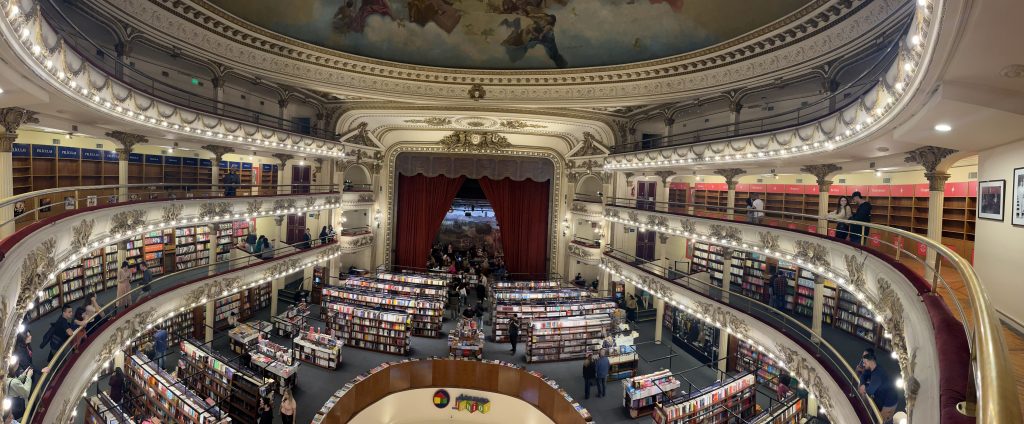
Additional Photos
